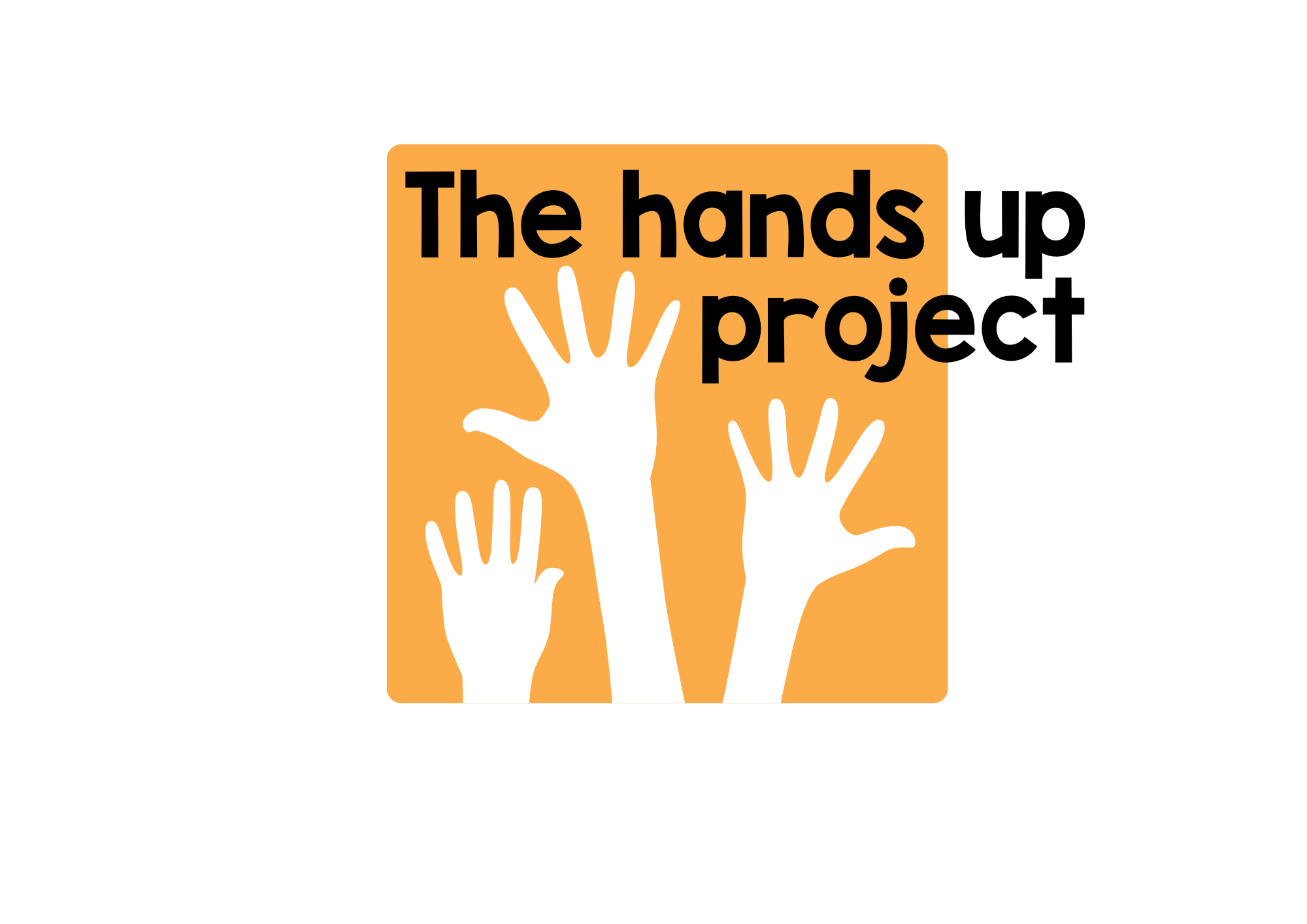No Prep Improv Activities
This week's post is by long time HUP volunteer based in Poland, Helen Rountree. Thanks Helen for sharing some great ideas that would work really well in either an online or face to face session with kids.Occasionally in teaching you’re caught in a moment that requires quick thinking and creativity- you have to cover a class last minute, you get through material quicker than you planned and you’ve got time to fill, you’re tired, it’s Friday, you realise your students need a stirrer in an overly settled lesson. This happens just as much (if not more often with the added unreliability of technology and connections!) during online teaching. And for these moments it’s good to have a few no prep activities up your sleeve. Here’s some I’ve used with several groups I’ve taught in Gaza, including my lovely Khan Yunis girls :) I hope you can try, adapt and share some of them. **as with any activities in ESL I can’t claim original ownership or design- they’re a combination of adapted activities, things seen at conferences and read on blogs just like this one I’m a tree!
I’m a tree!
- Teacher stands with hands up and says “What am I?”
- Ss guess (they often say ballet dancer!) until they guess “you’re a tree”
- Ask 1 more student to come to the front and strike a pose to add to the ‘picture’ (For lower levels make suggestions of things they could add- a dog, a leaf, a man, a monkey…)
- Repeat until you have 2-3 students in a frozen pose added to your tree pose. They should stay in that pose
- Tell Ss this is the frozen scene from a story. “What’s the story?”
- Ss come up with a short story based around the frozen poses. For more advanced groups you can go straight into this. Give added support by allowing thinking time, putting the students into small groups or demoing your own story first.
- Ss take it in turns to tell the story
- Then they get into small groups of 5-6. 3 make a new frozen image and the others tell the story
Follow up: Write the story, draw the story, write a dialogue for the story, draw the next frozen scene
 Make it your story
Make it your story
- Choose any story you know well to tell your students, pausing at key points for your students to use their imaginations and fill the gaps, thus allowing them to interpret the story as they choose. For example:
“Once upon a time, there were three […] One fine day, the 3 […] set off up the hillside. They were going to look for […] to eat so that they could grow fat. On the way up the hillside, the 3 […] came to a river. On the other side of the river, was a […]. There was a wooden bridge over the river, and under the bridge there lived […]”
- Once the children have some ideas to begin their story, display prompt sentences so they can share their beginnings with other students. Then, read the ‘real’ story together, before the children respond to the story and rework it using their own ideas.
 What are you doing?
What are you doing?
- Mime doing something like brushing your teeth
- Get Ss to ask “What are you doing?” Reply with something different to your mime. E.g “I’m riding a horse”
- Ask 1 student to come up and mime riding a horse
- The next student asks “What are you doing?” and the miming student replies with something unrelated to what they’re doing.
- Repeat until each student has had a turn
 Spontaneous Responses
Spontaneous Responses
- Ask the class your completely random question. Mine was “Can I borrow some shoes?”
- Your students will be very confused! But ask if any students have an answer. Ask that student to reply to your question and continue the conversation. S: “Yes of course.” T: “Great, thanks I’ll give them back next year ok?” S”uh, ok”...
- Ask your Ss to write 1 question on a piece of paper. Any question at all, or maybe including certain vocab/language.
- Ss mingle and ask their questions responding as naturally as possible and swapping papers
This is a great way to practise spontaneous conversations or create ideas for a story Group warm up
- If you’ve got enough space ask Ss to stand up and walk around and listen to your instructions. If not you can do it sitting down too.
- Say stop followed by instructions, for example:
- Say hello to the person next to you
- Shake hands with the person on your left
- Ask your neighbour “how are you?”
- Jump up and down
- Wave at the windows
- Run to the door
Alternative: tell Ss they should try to do the instruction all at the same time. All stop- they should watch each other and try to stop at the same time. Jump, sit down, raise your right hand. It develops a sense of teamwork and awareness if they have to watch each other and perform the action as a group.
